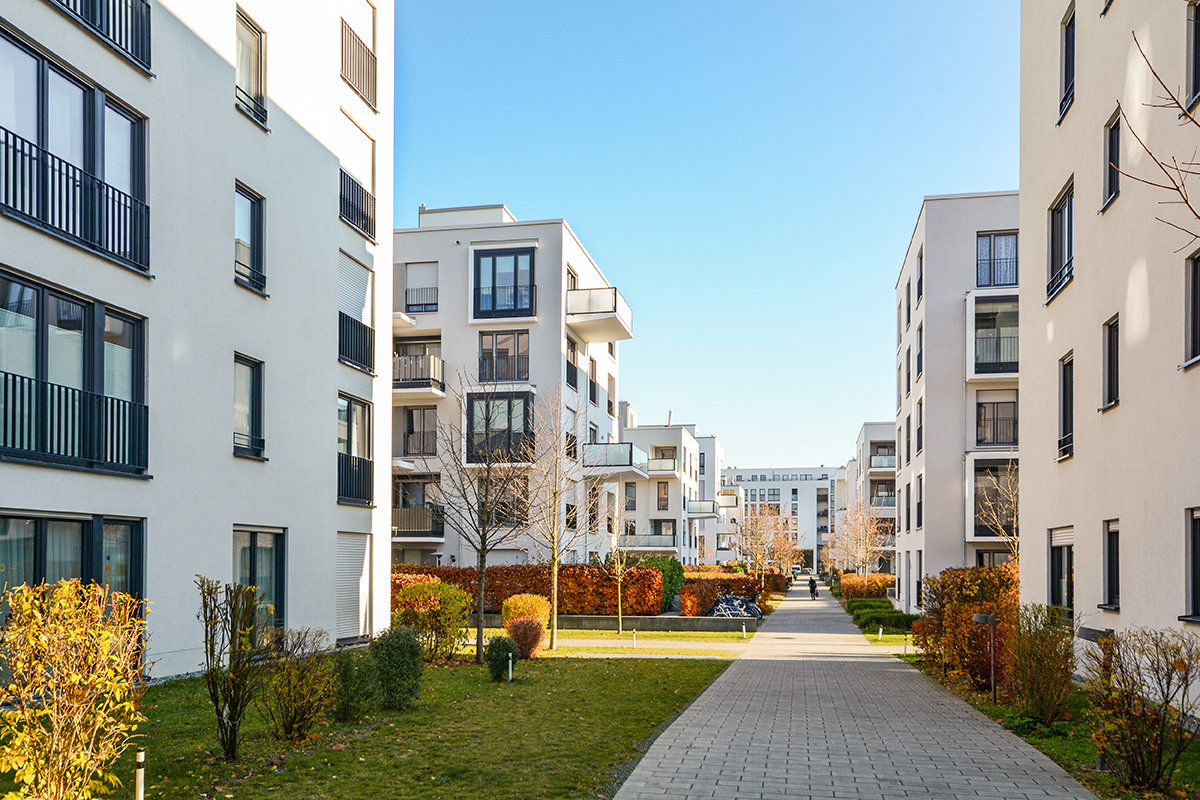The All-Inclusive Guide to Automobile Locksmith Services for Contemporary and Vintage Vehicles
Have you ever found yourself standing outdoors your automobile,gazing through the window at the keys you’ve left inside – you need to go their website. Or maybe you’ve felt the sinking sensation of losing your cars and truck keys completely? In such minutes of panic and aggravation,there’s one professional you can depend on: the automotive locksmith. Let’s explore the various services they supply and why they’re so crucial in our lives.
1. Emergency Car Lockout: Locked Out? We Can Help
We’ve all existed: the rush,the interruption,and after that the awareness that you’re locked out of your automobile. Emergency vehicle lockouts are among the most common calls locksmith professionals get. These specialists are geared up with specialized tools and techniques to quickly open your cars and truck door,guaranteeing you’re back on your way with very little delay.
2. Replacement of Lost Car Keys: Misplaced Your Key? We’ve Got You!
Losing vehicle keys can be more than just a small inconvenience; it can disrupt your entire day or week. Instead of panicking,call an automobile locksmith. They can craft a brand-new set of keys for your automotive,even if you don’t have the initial. Modern locksmiths can deal with the intricacies of clever keys and transponders too,ensuring you won’t be stranded without a ride.
3. Automotive Key Duplication: Always Have a Backup
It’s constantly a smart concept to have a spare set of keys. Whether you want to offer a set to a family member or keep one in a safe place,key duplication is a service you’ll discover invaluable. A locksmith can replicate standard keys and modern electronic keys with ease.
4. Broken Key Extractions: When Keys Snap
Keys,especially older ones,can become breakable in time and snap inside the lock. Drawing out a broken key from a car door or ignition is a delicate procedure that needs the right tools and know-how. A automotive locksmith can securely draw out the damaged piece without causing damage to the lock or ignition,then supply you with a brand-new,sturdy key.
5. Cars And Truck Door Lock Replacement: Enhancing Security
In time,automobile door locks can break,end up being damaged,or merely require an upgrade for security factors . In such instances,a locksmith can replace the entire lock system,guaranteeing that your car stays protected. This service,found at Highly Rated Car Locksmith Services,is especially helpful if you’ve acquired a pre-owned automobile and want to ensure no old keys can access it.
6. Opening Cars And Truck Door Locks: When the System Fails
Often,even without a key accident,cars and truck doors can stubbornly decline to unlock. This could be due to a malfunctioning mechanism or an electronic problem. With their large knowledge,locksmiths can detect the concern and unlock the door without triggering any damage.
Wrapping Up
A car locksmith is more than just a key maker; they are your lifeline in times of automobile access distress. Whether it’s an emergency lockout or the need for improved security,their services are indispensable. Next time you deal with a car key quandary,remember there’s a competent professional all set to help. Keep their number helpful; you never understand when you may require it!
LONE STAR LOCKSMITH
Phone: (281) 406-3041
Call Lone Star Locksmith
